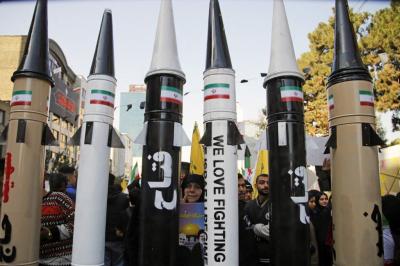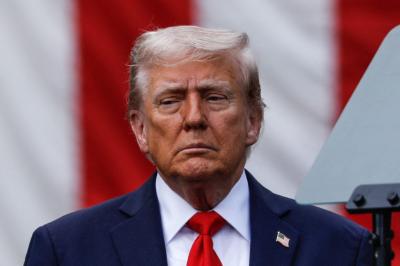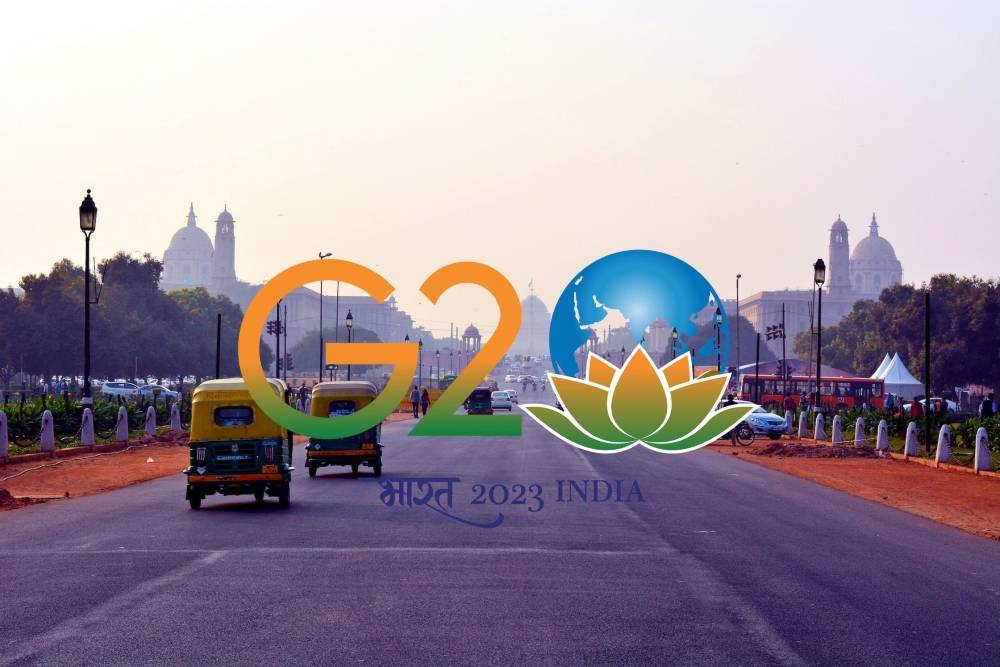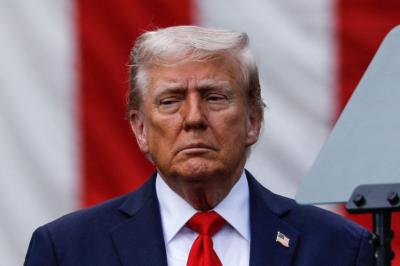China and India share many motivations and interests for cooperation, with both successes and failures in their shared history.
The G20 summit held in New Delhi acted as a catalyst, melting the thin layer of ice that had recently formed at the BRICS group summit in Johannesburg, thus dissipating the ongoing rivalries and tensions between India and China. The "African ice" quickly evaporated, giving way to the "Asian swamp" with all its complexities. The absence of Chinese President Jiang Zemin at the New Delhi summit starkly highlighted the tensions between these neighboring nations, as well as Beijing's ability, backed by Moscow, to disrupt this major global meeting. In response, the United States quickly unveiled plans for an economic corridor to Europe, passing through the Middle East, as a clear sign of New Delhi's pivotal role in countering China's "Belt and Road" initiative.
China and India share many motivations and interests for cooperation, with both successes and failures in their shared history. Their unresolved border disputes persist, and despite commitments not to use firearms under old agreements, each skirmish brings them closer to the onset of open conflict. Moreover, major upheavals in international and regional relations push them to form sometimes contradictory alliances and partnerships due to Western competition with China. While China may not fear its neighbor's ambitions, it harbors concerns about India's alignment with traditional rivals such as the United States, Japan, and Australia. China's close relationship with Pakistan, sometimes bordering on alliance, raises deep concerns in New Delhi, with accusations that Beijing is helping Islamabad acquire nuclear technologies and missiles. The Kashmir issue remains a major point of contention. Regarding China's "Belt and Road" initiative, most of its major projects are set to unfold from Pakistan, where China has invested about $60 billion in infrastructure projects as part of what is known as the China-Pakistan Economic Corridor. Moreover, Beijing continues to view India as part of the U.S. strategy to contain Chinese influence in the Indo-Pacific region, thus explaining its opposition to any role for India in this area.
Indeed, China remains uneasy with Joe Biden's announcement in New Delhi about the new economic corridor project, linking Indian ports to European cities via the United Arab Emirates, Saudi Arabia, Jordan, and Israel. This comprehensive initiative includes railways, port connections, pipelines for electricity and hydrogen, as well as data cables. Many see this as India's answer to the Chinese initiative, and both Washington and New Delhi are convinced that hidden Chinese motives, both commercial and military, underlie the "Belt and Road" initiative. India, like China, is a rising power looking to expand and access more resources and markets, and both initiatives blur the boundaries between economy and politics.
Chinese projects and the Indo-Western plan not only fuel economic rivalry between them and with major powers, but they also place the Middle East at the heart of global competition. This region becomes the nerve center of these two major initiatives.
The question arises whether the nations of the region will be able to reap economic benefits from this competition, thanks to significant infrastructure projects capable of creating local jobs. However, it is important to note that these economic projects are often intertwined with political stakes, which can turn them into pawns in the games of major powers, turning local resources into potential spoils. In the past, such projects, in addition to economic competition between major powers, have dragged the region into conflicts and wars that remain unresolved.
It is particularly noteworthy that both China and India view Saudi Arabia and the United Arab Emirates as fundamental pillars of their respective projects. However, the Indo-American project deliberately bypasses Iran, Syria, and Lebanon, making the port of Haifa in Israel a major strategic convergence point. Benjamin Netanyahu called it a "game-changer" for the region! This raises questions about the seduction objective towards the Kingdom and the Emirates to distance them from their solid ties with China and Russia, and pave the way for new alliances that could truly redefine the region. China's reaction is also crucial, as it recently demonstrated its ability to exert its political influence beyond its borders by sponsoring the agreement between Saudi Arabia and Iran.
So far, Saudi Arabia's "Vision 2030" aligns with these two projects and offers it the opportunity to reap significant benefits while maintaining a significant degree of decision-making independence. However, what will happen if these two initiatives collide? How will Saudi Arabia reconcile coordinating its oil production with Russia, while being the main energy supplier for these two competing Asian giants, while continuing to serve as a security partner for the United States? And most importantly, how can it facilitate cooperation between India and Israel without formalizing their normalization?
Please post your comments on:
[email protected]
 Politics
Politics














